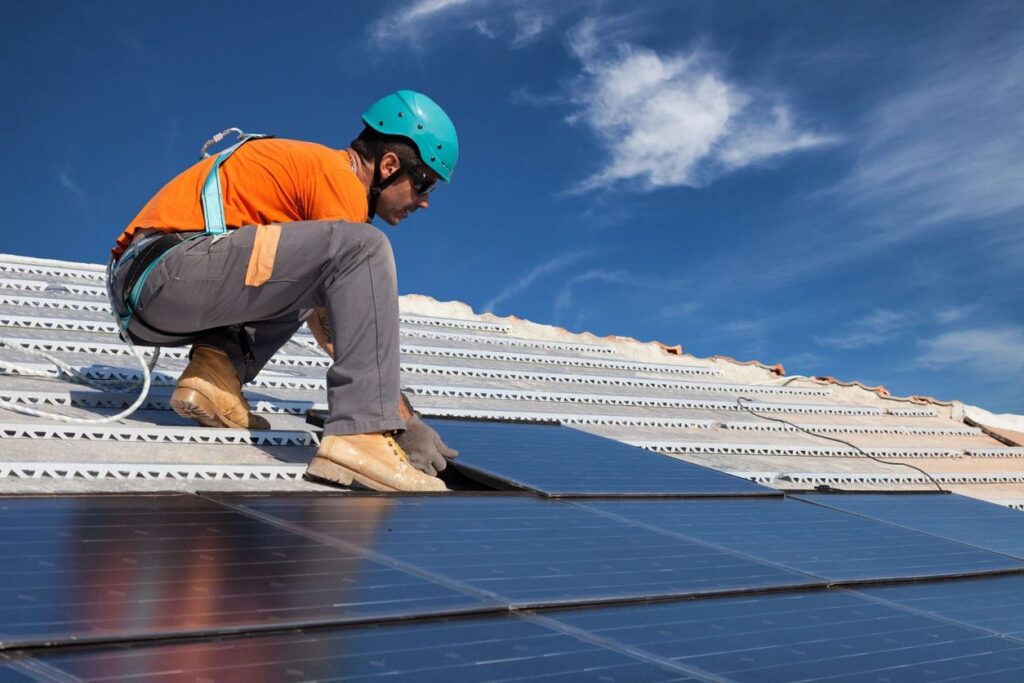FAQs
Here are some answers to the questions you might have
Otherwise known as the FAQ section
Solar panels convert sunlight into electricity using photovoltaic (PV) cells. When sunlight hits the panels, the PV cells generate direct current (DC) electricity, which is then converted into alternating current (AC) electricity by an inverter. This AC electricity can be used to power your home or business.
Yes, Oklahoma receives plenty of sunlight throughout the year, making it an excellent location for solar panels. Our state’s sunny climate ensures that solar panels can generate a significant amount of electricity, reducing energy bills and reliance on the grid.
Savings vary based on factors like your energy usage, the size of your solar system, and local electricity rates. On average, homeowners in Oklahoma can save up to 70% on their electricity bills over the lifetime of their solar panel system. Additionally, federal incentives can further enhance your savings.
Yes, there are several incentives available. The federal Investment Tax Credit (ITC) allows you to deduct 30% of the cost of installing a solar energy system from your federal taxes. Check for additional local incentives and rebates that may apply.
The installation process typically takes 1 to 3 days, depending on the size of your system and site conditions. However, the entire process from signing the contract to turning on your solar system can take several weeks due to permitting, inspections and utility interconnection.
Solar panels generate electricity when exposed to sunlight, so they produce less power on cloudy days and none at night. However, your system can be connected to the grid or use battery storage to ensure you have electricity when solar production is low.
Solar panels require minimal maintenance. Regular cleaning to remove dust, leaves and debris will ensure optimal performance. It’s also recommended to have your system inspected periodically to check for any issues and ensure everything is functioning correctly.
Solar panels are built to last and typically come with warranties of 25 to 30 years. They can continue to produce electricity well beyond their warranty period, often with only a slight reduction in efficiency over time.



